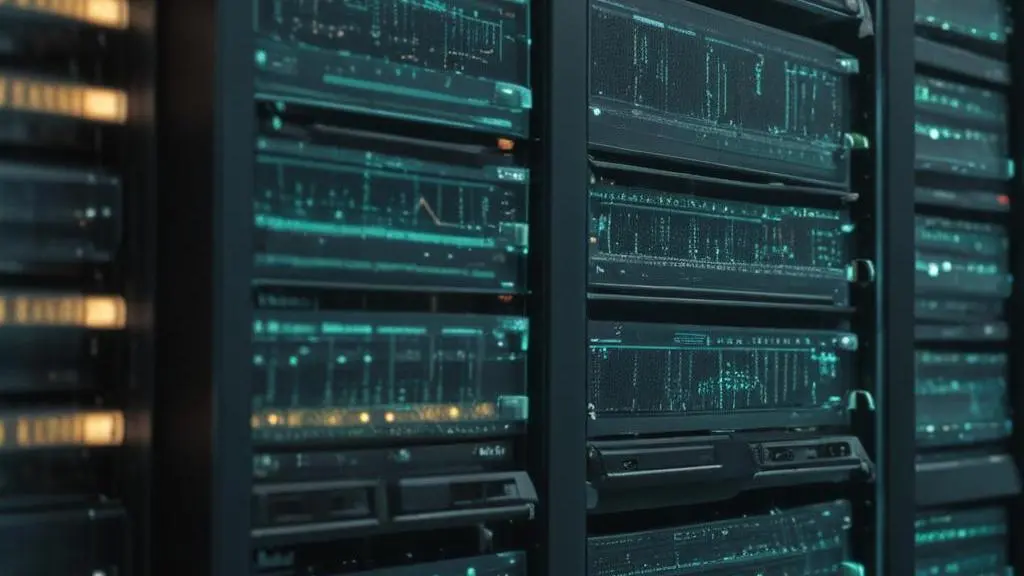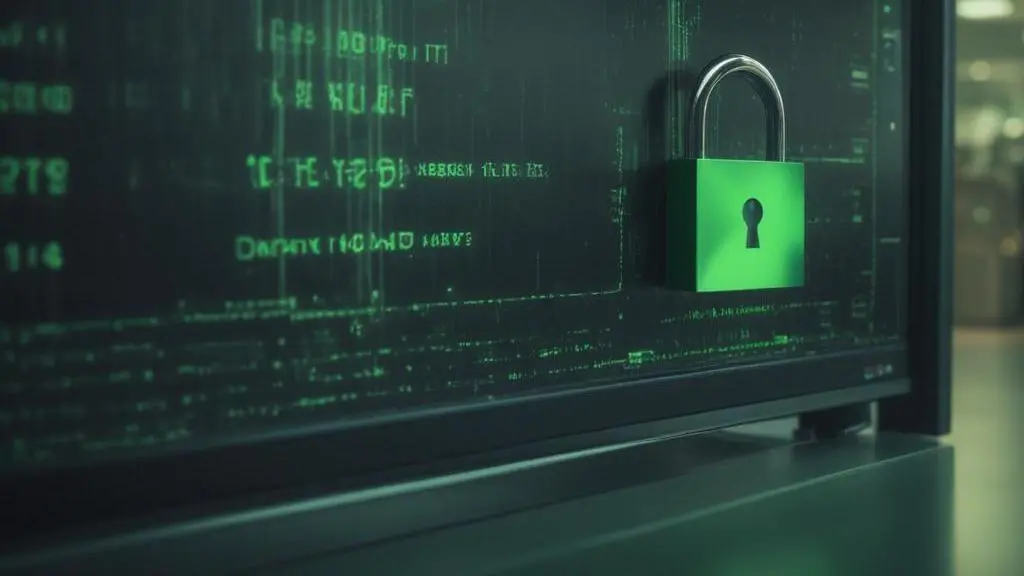Cybersecurity is a critical aspect of modern digital life. As threats evolve, understanding and implementing robust security measures is essential to safeguard personal and organizational data.
Understanding Cyber Threats
Cyber threats manifest in diverse ways. Malware represents malicious software. It includes viruses, worms, and Trojans. These can compromise systems through corrupted files or infected websites. Phishing attacks exploit human trust. They use deceptive emails or messages. Attackers often impersonate legitimate entities. Their goal is to steal credentials or personal data. Ransomware, a particularly disruptive malware, encrypts your vital files. It demands payment for their release. Recognizing these threats is crucial for effective cyber threat mitigation. Staying informed about emerging threats is key. Regular security awareness training helps users identify suspicious activities. Consistent system updates close known vulnerabilities. These practices build a strong first line of defense. This preparation enables robust security measures.
Implementing Robust Security Measures
Effective cybersecurity demands a multi-layered defense. Foundational elements form the first line of protection. Firewalls control network traffic, blocking unauthorized access attempts. Antivirus software detects and neutralizes malicious code. Intrusion detection systems (IDS) vigilantly monitor for suspicious patterns, alerting administrators to potential breaches. For deeper protection, advanced measures are essential. Encryption renders sensitive data unreadable without the correct key, protecting confidentiality. This is critical for data integrity. Securing network perimeters with robust firewalls is a primary step. Furthermore, multi-factor authentication (MFA) adds significant security to accounts by requiring multiple verification factors. These comprehensive defenses must be carefully integrated into IT infrastructure. Regular audits and consistent updates ensure enduring effectiveness against emerging cyber threats.
Protecting Personal and Organizational Data
Data protection is paramount in cybersecurity. Ensuring data integrity and confidentiality requires robust secure storage solutions and stringent access controls. Data encryption plays a vital role, rendering information unreadable without the correct cryptographic key. This safeguards sensitive data both at rest and during transmission across networks. Secure backups are equally critical, involving the creation of redundant data copies. These backups should be isolated from primary systems, offering strong defense against data loss and threats like ransomware. Implementing the principle of least privilege ensures that only authorized personnel can access specific data. Our website setup and management services actively integrate these secure data handling practices. We ensure your valuable information remains safe and accessible solely to its designated users, upholding its confidentiality.
Maintaining Continuous Vigilance
Cybersecurity is an ongoing process, not a one-time solution. Continuous monitoring is essential to detect anomalies quickly. Regular updates and prompt patching close known security vulnerabilities. Developing robust incident response plans allows for swift action during a breach. Proactive measures, like vulnerability assessments, identify weaknesses before exploitation. A strong security awareness culture empowers employees to be part of the defense. This continuous vigilance ensures enduring protection. For a comprehensive cybersecurity solution, sign up with us today. Our expert team offers tailored security solutions to meet your specific needs, ensuring you stay protected against the ever-evolving threat landscape.
Final words
In conclusion, cybersecurity is a multifaceted discipline requiring continuous learning and adaptation. By understanding threats, implementing robust measures, protecting data, and maintaining vigilance, you can significantly enhance your digital security. Our services provide a comprehensive solution to address all your cybersecurity needs.












Leave a Reply